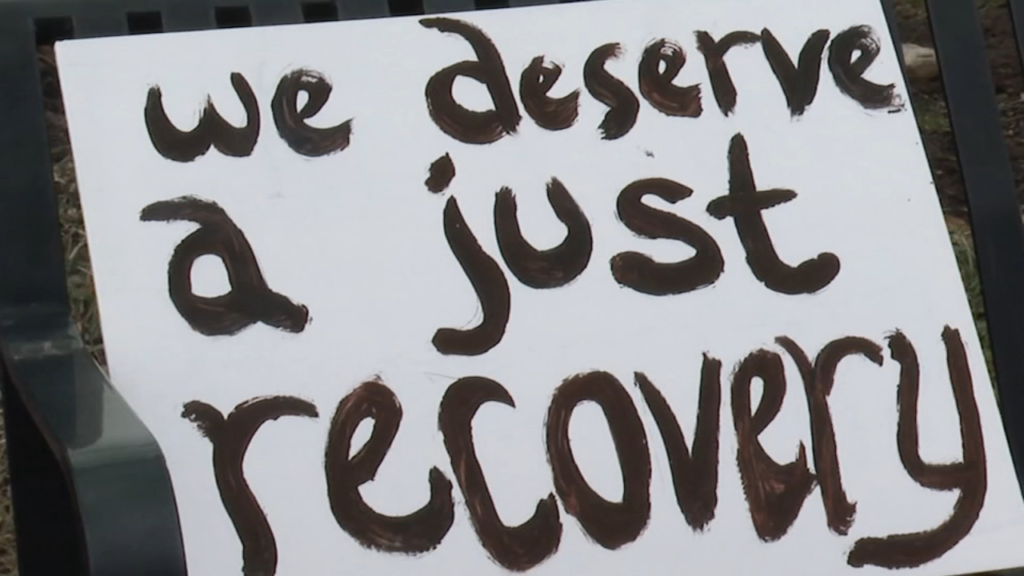
By Leila Waid.
Air pollution poses a major risk to human health and is the fourth leading cause of death globally. Although air pollution regulations, such as the Clean Air Act, have drastically reduced the number of deaths and illnesses in the United States, there is still an unacceptably large number of deaths from air pollution. For example, two in five Americans live in areas that are above the threshold for safe air pollution exposure, as set by the EPA.
Air pollution refers to particles, gases, and contaminants not found in pure air. They include dangerous material that is introduced into the atmosphere, usually through human activity, such as burning fossil fuel. The five air pollutants of highest concern – and those monitored under the National Ambient Air Quality Standards – are tropospheric ozone (ground-level ozone or the “bad” ozone), particulate matter, carbon monoxide, nitrogen oxides, sulfur dioxide, and lead. Of the six pollutants, particulate matter is one of the biggest threats to health. Particular matter is divided into two categories: PM10 and PM2.5. PM10 are particles less than 10 micrometers in size, and PM2.5 are those less than 2.5 micrometers.
The World Health Organization has set the limit for PM2.5 at 5ug/m3 (microgrammes per cubic meter). Only 0.001 percent of the world meets this threshold. And in the U.S., the majority of Americans are exposed to much higher levels than that standard. Even more alarmingly, some researchers argue that there is no safe level of exposure to PM2.5. Various peer-reviewed studies, such as this epigenetic study, found that even exposure below the strict WHO standard can still cause adverse health effects.
PM2.5 is a major environmental health concern because it is ubiquitous in the environment, causing dangerous levels of exposure for most of the world, and the microscopic and irregular shape of these particulates leads to them evading the body’s defense systems. Compared to PM10, PM2.5 is much more likely to enter the bloodstream. In general, the structure of our lungs – particularly the bronchioles and the alveoli – does a great job of expelling the foreign particles we inhale. However, PM2.5 can evade these defense mechanisms and cause havoc on our bodies and health.
What are the health effects of PM2.5? The Health Effects Institute estimates that, globally, 40% of all Chronic Obstructive Pulmonary Disease (COPD) deaths and 20% of all diabetes deaths are associated with exposure to PM2.5. And in the U.S., it is estimated that PM2.5 attributed to 47,800 deaths in 2019.
Air pollution is a silent killer. With the criteria pollutants, such as PM2.5, being invisible to the human eye, we don’t take this threat as seriously as we should. We utilize an out-of-sight, out-of-mind philosophy with air pollution, and most of us take for granted how vital clean air is to our health and well-being. Every day, we breathe in harmful chemicals from fossil fuel combustion and then don’t even realize the detrimental health effects of those actions. The adverse health effects of air pollution can appear as cancer, heart disease, respiratory issues, or a myriad of other medical diagnoses without the affected individual ever realizing the outsize role that air pollution played in that health outcome.






